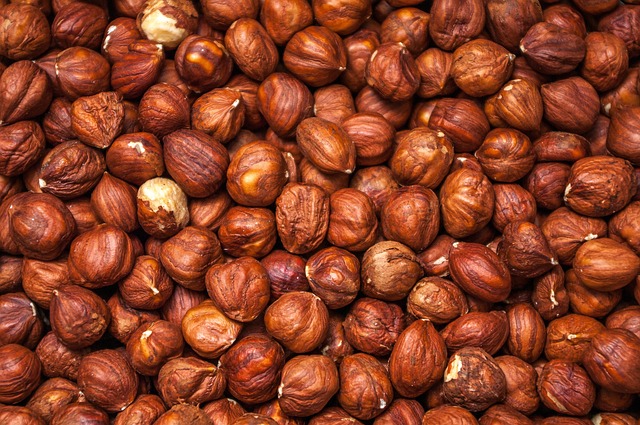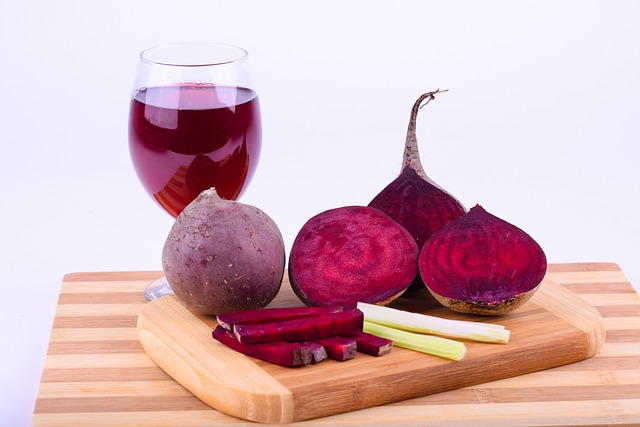
What Are Amino Acids?
Amino acids are the building blocks of life, and by "life," we mean everything from your morning smoothie to that questionable leftovers container in the back of your fridge. These little molecules are essential for the synthesis of proteins, which are crucial for muscle repair, hormone production, and, let's face it, keeping you from feeling like a soggy noodle. 🍜
The Basics: Structure and Types
Structurally, amino acids are pretty neat. They contain a central carbon atom, an amino group, a carboxyl group, a hydrogen atom, and a variable side chain (also known as the R group). The side chain is what makes each amino acid unique, like how your friend insists their cat is different from all other cats. In total, there are 20 standard amino acids, each with its own flair and function.
Classification of Amino Acids
Amino acids can be classified in a variety of ways:
- Essential vs. Non-Essential: Essential amino acids must be obtained from food, while non-essential amino acids can be produced by the body. Think of essential amino acids as the VIPs of the amino world—only invited if you eat right!
- Polarity: Amino acids can also be polar or non-polar, which affects how they interact with water. Non-polar amino acids are like that introverted friend who prefers to hang out in the corner at parties, while polar amino acids are the life of the party.
- Side Chain Properties: The characteristics of the side chains can be aliphatic, aromatic, or charged, adding even more complexity to this already fascinating group of compounds.
Why Are They Important?
Amino acids play a pivotal role in various biological processes. They are not just sitting around looking pretty; they're actively involved in neurotransmitter transport, biosynthesis, and even energy production. In fact, they form the second-largest component of human muscles and tissues, right after water. So, the next time you hit the gym, remember that those gains are brought to you by amino acids—your unsung heroes!
How to Incorporate Amino Acids into Your Diet
Getting enough amino acids in your diet isn't as hard as it sounds. Here are some tasty sources:
- Meat and Fish: Chicken, beef, and fish are packed with amino acids. Just try not to overdo it on the bacon—your arteries will thank you.
- Dairy Products: Milk, cheese, and yogurt are not only delicious but also great sources of amino acids. Cheese, anyone? 🧀
- Plant-Based Options: For the herbivores out there, legumes, nuts, and seeds can provide a solid amino acid profile. Quinoa is a complete protein, which means it has all nine essential amino acids. Who knew grains could be so fancy?
Conclusion
Amino acids are more than just a scientific term thrown around in health magazines; they're essential for our survival and well-being. So the next time you enjoy a protein-packed meal, give a little nod of appreciation to the amino acids working hard behind the scenes. They deserve a round of applause—or at least a good smoothie. 🍹

















 Comedian Bob Marley
Comedian Bob Marley 
 Health
Health  Fitness
Fitness  Lifestyle
Lifestyle  Tech
Tech  Travel
Travel  Food
Food  Education
Education  Parenting
Parenting  Career & Work
Career & Work  Hobbies
Hobbies  Wellness
Wellness  Beauty
Beauty  Cars
Cars  Art
Art  Science
Science  Culture
Culture  Books
Books  Music
Music  Movies
Movies  Gaming
Gaming  Sports
Sports  Nature
Nature  Home & Garden
Home & Garden  Business & Finance
Business & Finance  Relationships
Relationships  Pets
Pets  Shopping
Shopping  Mindset & Inspiration
Mindset & Inspiration  Environment
Environment  Gadgets
Gadgets  Politics
Politics 